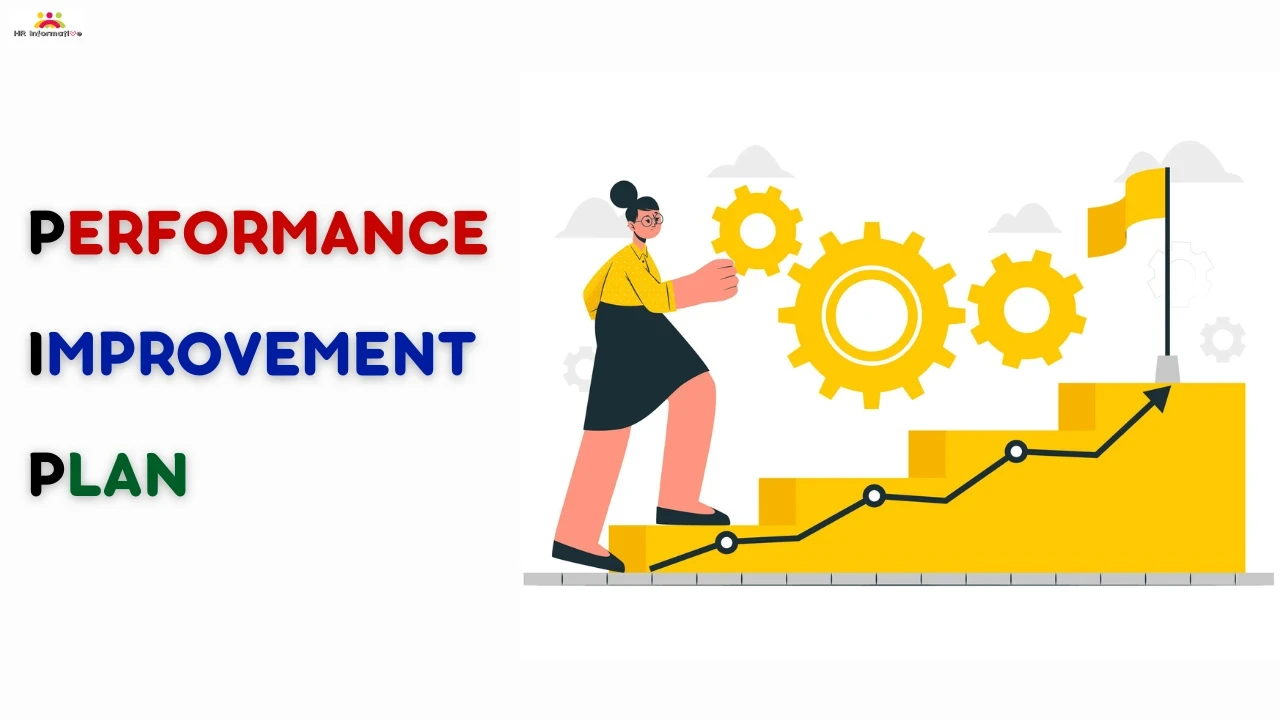In the realm of labor and employment, the terms “Principal Employer” and “Contractor” are crucial to comprehend, as they pertain to the dynamics of work relationships and responsibilities. These two entities play distinct roles in the contractual workforce and are governed by specific legal and regulatory frameworks. Understanding the differences between a Principal Employer and a Contractor is essential for both employers and employees alike, as it can affect the rights, liabilities, and obligations of each party involved.
I. Principal Employer
A Principal Employer refers to the entity or individual who engages the services of a contractor or subcontractor to perform a specific task, project, or service. In this relationship, the Principal Employer is typically the owner of the project or the organization that requires certain work to be done but doesn’t directly employ the workers carrying out the tasks. Instead, they outsource the work to a Contractor.
Characteristics of a Principal Employer
1. Engagement of Contractor: The Principal Employer contracts with a third-party entity (the Contractor) to carry out specific work or provide services on their behalf.
2. Ownership of Project: The Principal Employer owns the project or the establishment where the work is being done, but they don’t have a direct employer-employee relationship with the workers hired by the Contractor.
3. Liability: The Principal Employer is typically responsible for ensuring that the project or work is carried out as agreed upon in the contract. However, they may not be directly liable for the labor-related issues of the Contractor’s employees.
4. Regulatory Compliance: Depending on the jurisdiction, Principal Employers may be required to ensure that the Contractor they hire complies with all labor laws and regulations.
5. Payment: The Principal Employer pays the agreed-upon sum to the Contractor for the services rendered, and the Contractor, in turn, compensates their employees.
6. Control and Supervision: While the Principal Employer has an interest in ensuring the project’s success, they usually don’t exercise direct control or supervision over the Contractor’s employees. The Contractor retains control over their workforce’s day-to-day activities.
II. Contractor
A Contractor, also known as a subcontractor, is an independent entity or individual hired by a Principal Employer to carry out a specific task, project, or service. The Contractor may be a company with its own employees or a self-employed individual providing specialized services.
Characteristics of a Contractor
1. Subcontracted Work: The Contractor is engaged by the Principal Employer to perform a particular job or service, which can be for a defined duration or a specific project.
2. Independence: Contractors are generally independent of the Principal Employer’s organization. They have their own business operations and may work for multiple clients simultaneously.
3. Employee Relationship: The employees of the Contractor have a direct employer-employee relationship with the Contractor, not with the Principal Employer.
4. Liabilities: The Contractor is responsible for managing their workforce, including hiring, firing, and providing necessary benefits. They are also accountable for complying with labor laws and regulations.
5. Payment of Employees: The Contractor is responsible for paying their employees’ wages, salaries, benefits, and handling tax deductions.
6. Expertise: Contractors are often hired for their specialized skills, knowledge, or expertise in completing specific tasks or projects that the Principal Employer may not have in-house.
III. Key Differences
There are the following differences between a Principal Employer and a Contractor:
1. Employment Relationship
- The Principal Employer does not have a direct employment relationship with the Contractor’s employees.
- The Contractor has a direct employer-employee relationship with its workforce, responsible for their recruitment, management, and compensation.
2. Ownership and Control
- The Principal Employer owns the project and has a vested interest in its successful completion but usually does not exercise direct control over the Contractor’s employees.
- The Contractor retains control and supervision over their workforce and how the work is carried out.
3. Liability
- The Principal Employer is responsible for ensuring that the project or work is carried out as per the agreed contract terms, but they may not be directly liable for labor-related issues of the Contractor’s employees.
- The Contractor is liable for the actions, conduct, and legal compliance of their employees.
4. Payment and Benefits
- The Principal Employer pays the agreed-upon sum to the Contractor for the services rendered.
- The Contractor is responsible for paying their employees’ wages, benefits, and handling taxes.
5. Independence
- The Principal Employer may engage multiple Contractors for different tasks or projects.
- The Contractor operates independently and may work for various Principal Employers simultaneously.
IV. Legal Implications
The distinction between a Principal Employer and a Contractor is not merely semantic; it has significant legal implications. In many jurisdictions, laws and regulations differentiate between the responsibilities and liabilities of Principal Employers and Contractors concerning labor rights, health and safety, taxation, and social security.
For example, in some countries, Principal Employers may be held jointly liable with Contractors for labor law violations, ensuring that they are cautious when engaging with Contractors to comply with all applicable regulations. Conversely, Contractors must abide by labor laws to protect their employees’ rights and avoid potential legal disputes with Principal Employers.
V. Conclusion
In summary, the principal employer-contractor relationship is a fundamental aspect of contemporary labor practices. Understanding the differences between the two is crucial for both Principal Employers and Contractors to operate efficiently and comply with legal requirements. While the Principal Employer engages Contractors for specific tasks without assuming direct employment responsibilities, the Contractor retains independence and control over their workforce, assuming full liability for their employees.
If you find yourself in a position as a Principal Employer or Contractor, it is essential to seek legal advice and stay informed about the relevant laws and regulations in your jurisdiction to ensure compliance and protect the rights and interests of all parties involved.
FAQs
Q1: What is the meaning of “Principal Employer”?
Ans: A Principal Employer refers to the entity or individual who hires a Contractor or subcontractor to perform specific tasks, projects, or services on their behalf. The Principal Employer owns the project or establishment where the work is being carried out but does not have a direct employer-employee relationship with the workers hired by the Contractor.
Q2: What is a “Contractor”?
Ans: A Contractor, also known as a subcontractor, is an independent entity or individual hired by a Principal Employer to perform a particular job, project, or service. The Contractor is responsible for managing their workforce, including hiring, firing, and providing necessary benefits.
Q3: What is the difference between a Principal Employer and a Contractor?
Ans: The main difference lies in their roles and relationships. A Principal Employer is the entity that hires a Contractor to perform specific tasks or services on their behalf. The Principal Employer owns the project but does not have a direct employment relationship with the Contractor’s workers. On the other hand, a Contractor is an independent entity or individual hired by the Principal Employer to carry out the specified work. The Contractor has a direct employer-employee relationship with their workers and is responsible for managing and compensating them.
Q4: What are the legal implications of the Principal Employer-Contractor relationship?
Ans: The legal implications vary depending on the jurisdiction, but generally, there are regulations that differentiate the responsibilities and liabilities of Principal Employers and Contractors concerning labor rights, health and safety, taxation, and social security. Principal Employers may be held jointly liable with Contractors for labor law violations in some jurisdictions.
Q5: Can a Principal Employer engage multiple Contractors for different tasks or projects?
Ans: Yes, a Principal Employer can engage multiple Contractors for various tasks or projects, based on their specific requirements.
Q6: Does a Contractor have the freedom to work for multiple Principal Employers simultaneously?
Ans: Yes, a Contractor is typically independent and has the freedom to work for multiple Principal Employers simultaneously, as they are not bound exclusively to one employer.
Q7: What should Principal Employers consider when engaging Contractors?
Ans: Principal Employers should ensure that the Contractor complies with all relevant labor laws and regulations and has a good track record of fulfilling their contractual obligations. Seeking legal advice before entering into contracts with Contractors is advisable.
Q8: Are Principal Employers responsible for paying the wages of the Contractor’s employees?
Ans: No, Principal Employers are not responsible for paying the wages of the Contractor’s employees. The Contractor is responsible for compensating their employees.
Q9: What responsibilities do Contractors have regarding their workforce?
Ans: Contractors are responsible for managing their workforce, including hiring, firing, paying wages, providing benefits, and ensuring compliance with labor laws and regulations.
Q10: How can both Principal Employers and Contractors protect their interests in this relationship?
Ans: Both parties should have clear and well-drafted contracts that outline their respective responsibilities and obligations. It’s essential to understand and comply with the laws and regulations applicable to their specific industry and jurisdiction.
You May Like to Read Also :
- Understanding the Concept of Principal Employer in India
- Understanding Contractors in India: Roles, Regulations, and Importance
- Professional Tax in India: Understanding the Basics and Implications
- Gratuity in India: Eligibility, Calculation, Forfeiture and Related Forms
- Scheduled Employment under the Minimum Wages Act, 1948: Ensuring Fair Compensation and Dignity for Workers



